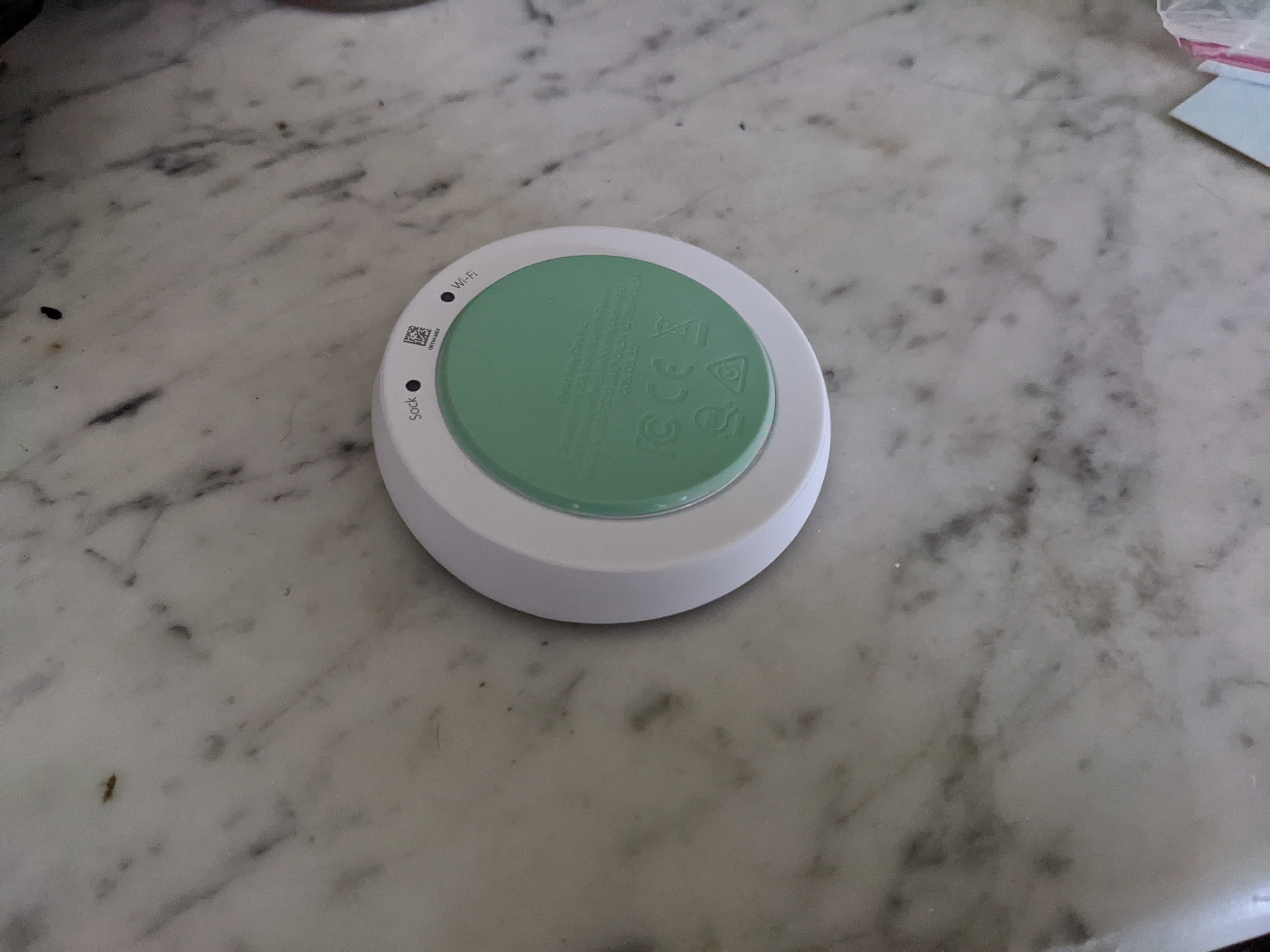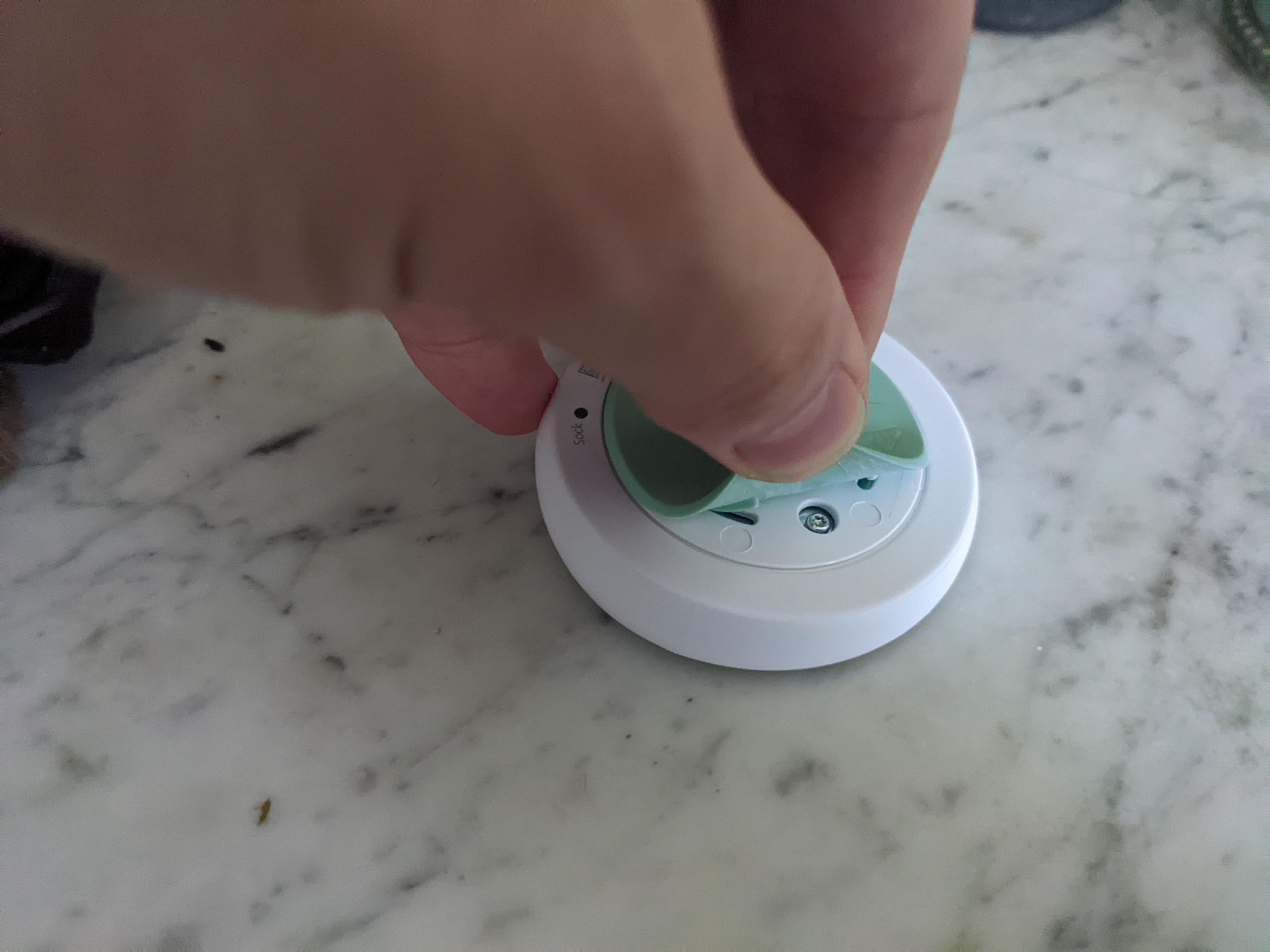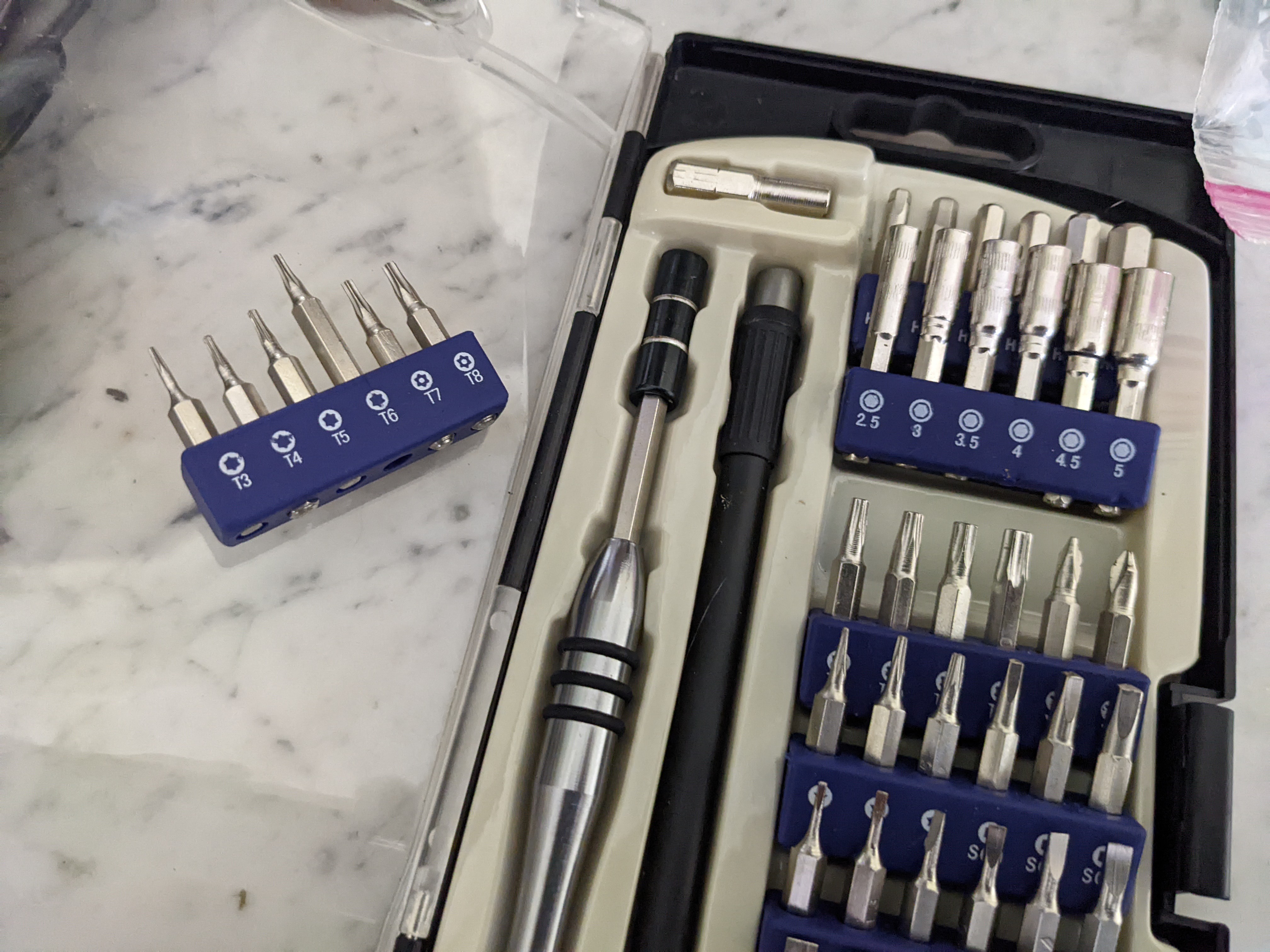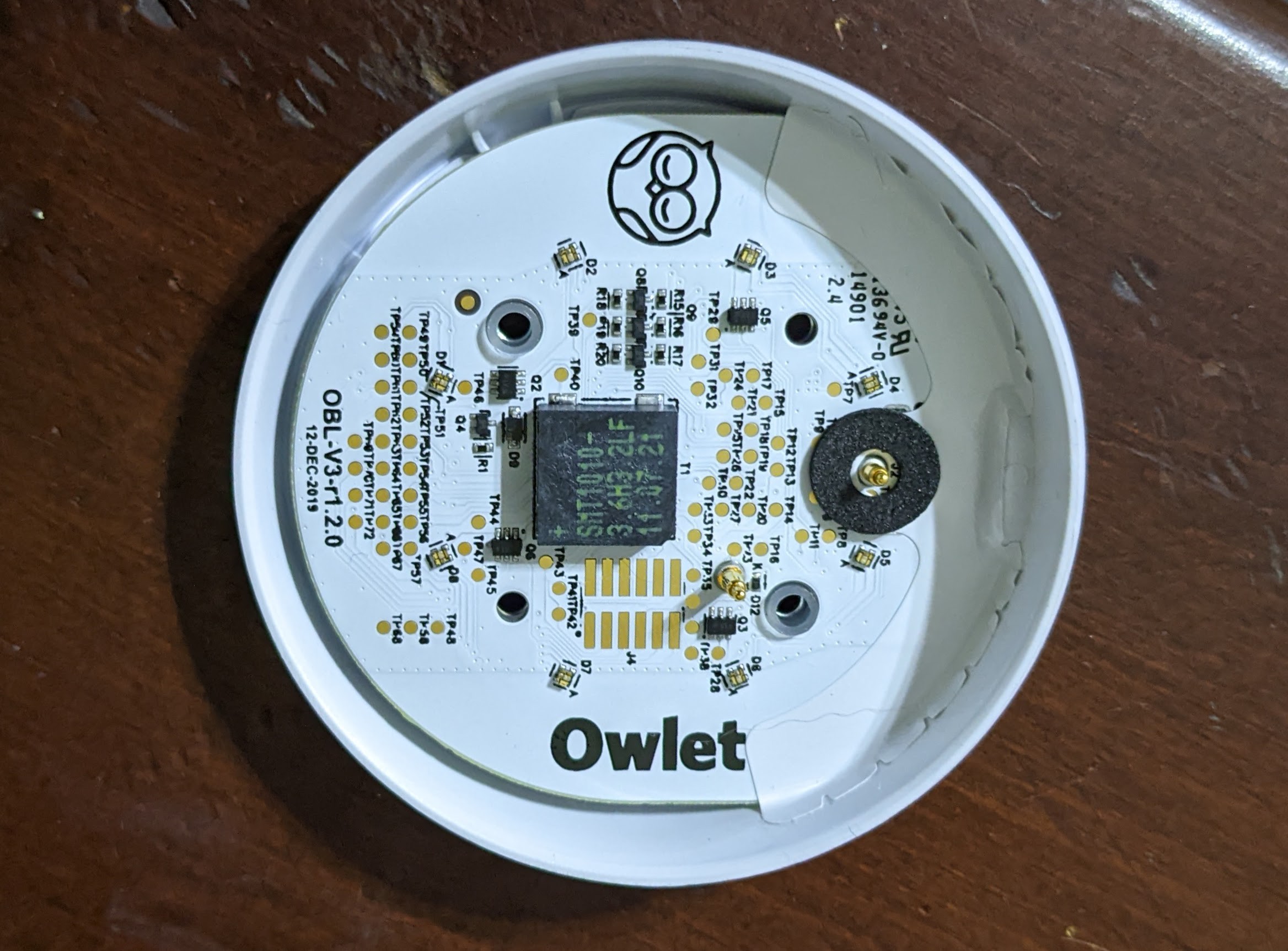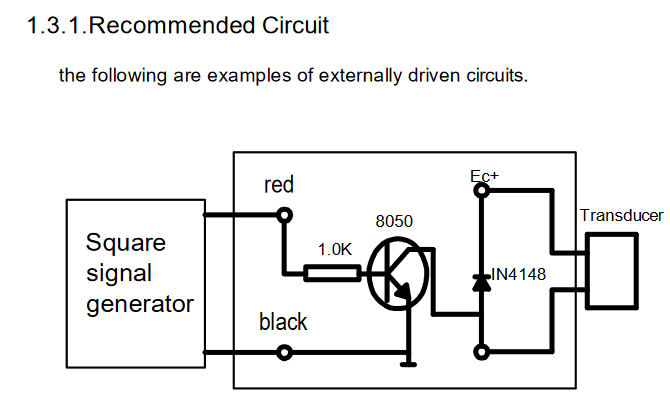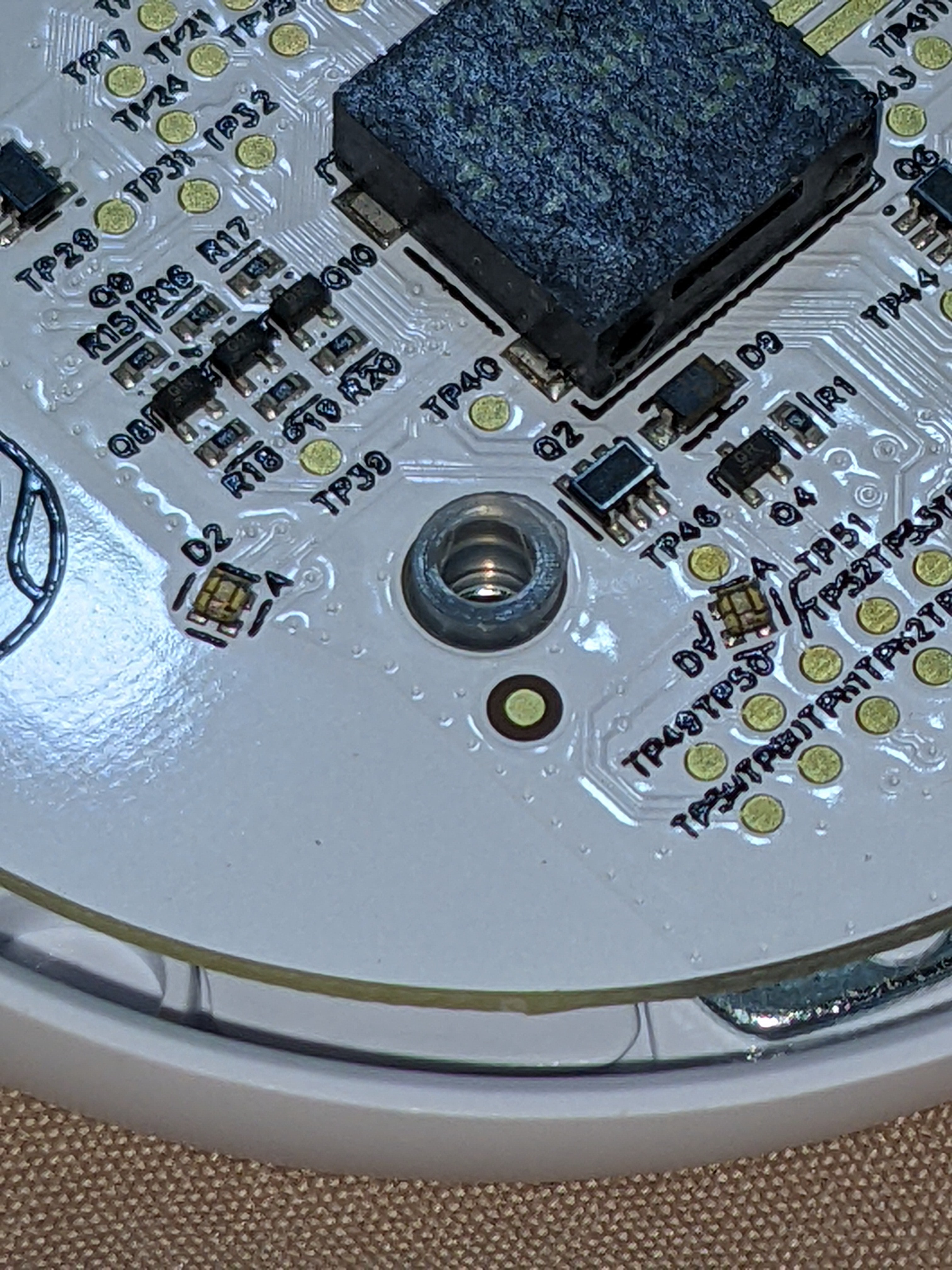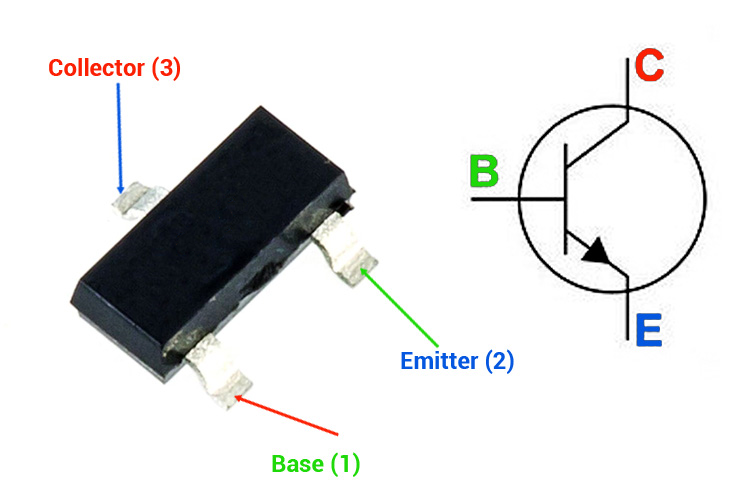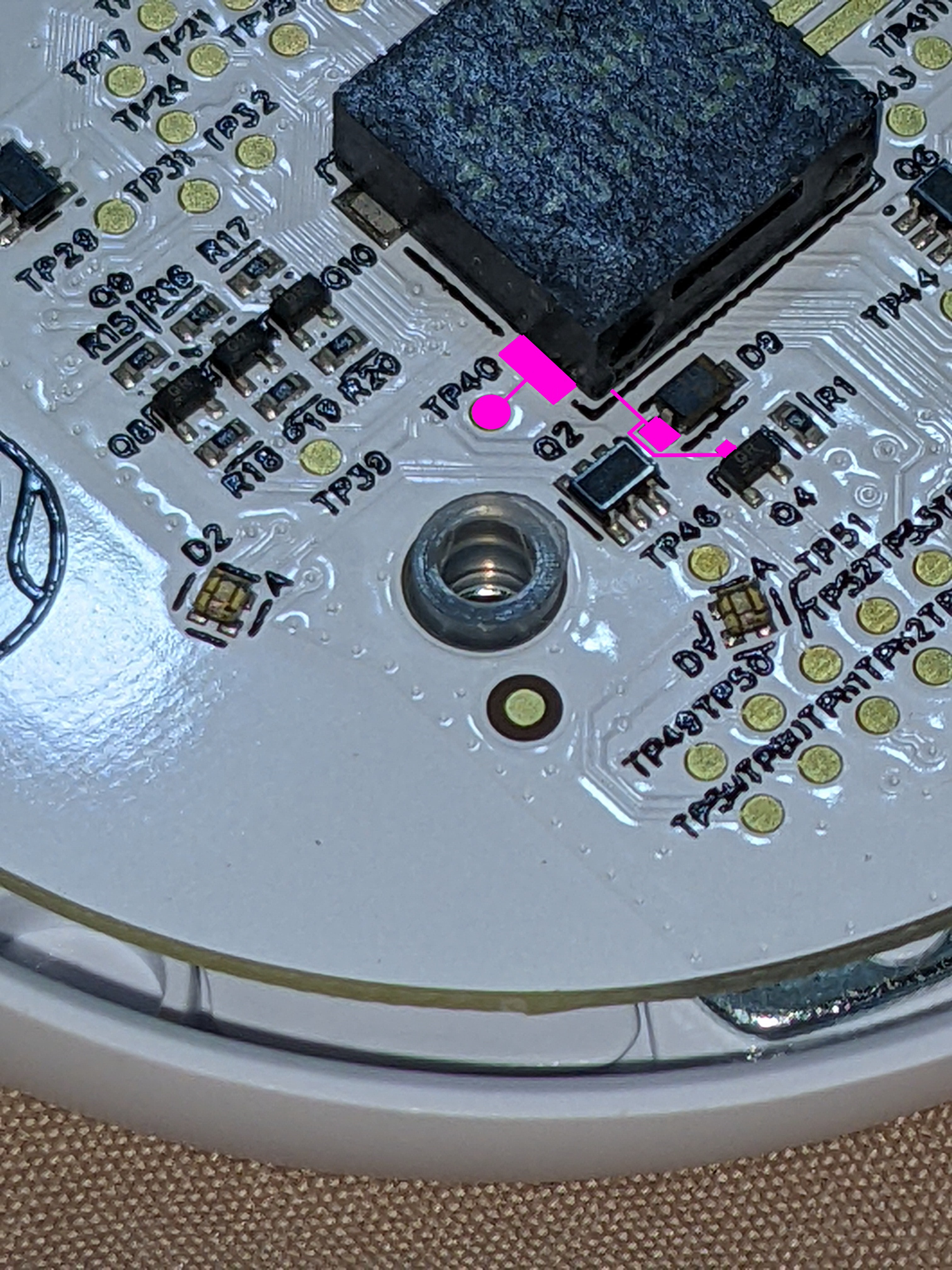The Owlet Dream Sock can provide insightful information on your child's sleep, but if connection or fit issues occur, a loud alarm (in the form of a "lullaby" playing over a 1980's style 90dB buzzer) plays that can wake up the baby or parent. This hack assumes you are using the device for it's intended purpose for sleep quality tracking, and not a pseudo-medical device.
Disclaimer: This is not intended to be used as a medical device. This hack almost surely voids the warranty on the device.
